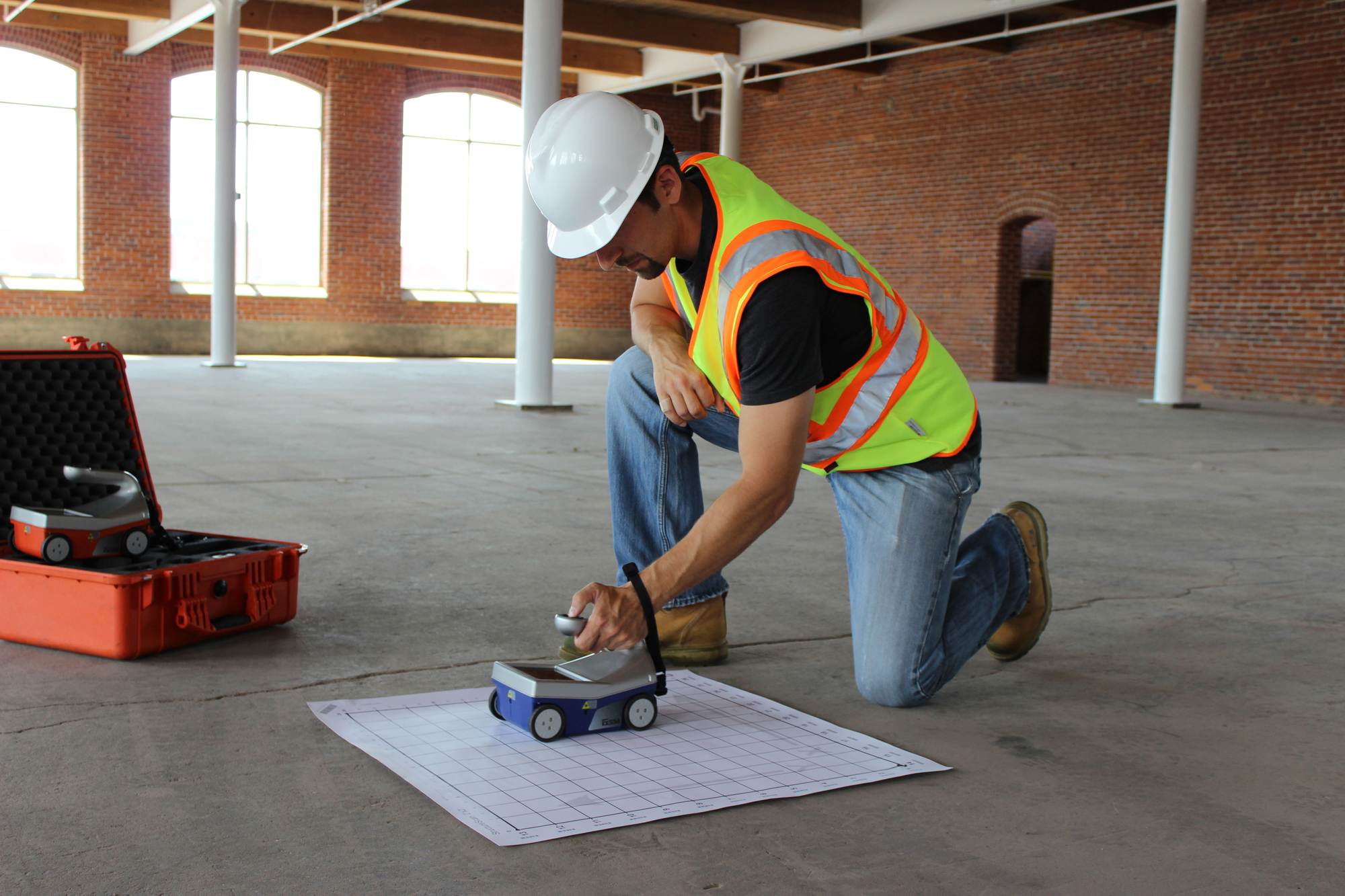Optimize Building And Construction Safety And Security with RainierGPR Concrete Scanning Providers
Optimize Building And Construction Safety And Security with RainierGPR Concrete Scanning Providers
Blog Article
Exploring the Trick Benefits of Concrete Scanning in Building Projects
In the realm of modern-day building practices, the utilization of concrete scanning modern technology has become a pivotal device for guaranteeing project performance and structural integrity. From boosting security measures to properly finding energies hidden under the surface area, the advantages of concrete scanning are multifaceted. The capacity to improve task timelines and decrease costs while maintaining existing structures is a testimony to the value this modern technology brings to the building and construction industry. As we look into the nuanced benefits of concrete scanning, it comes to be apparent that its effect expands far past surface-level evaluations, offering a peek right into the elaborate internet of benefits waiting to be uncovered.
Improved Safety And Security Actions
Using sophisticated concrete scanning innovation improves precaution on building sites by offering accurate detection of potential risks hidden below the surface. This technology enables construction groups to recognize rebar, channels, post-tension cable televisions, and other obstructions before excavation or exploration, considerably reducing the risk of crashes. By determining these aspects exactly, workers can avoid damaging critical architectural elements, hence protecting against injuries, hold-ups, and pricey repairs.
In addition, concrete scanning plays a crucial role in ensuring the stability of existing structures during expansions or renovations. By identifying weaknesses, voids, or damage within concrete aspects, engineers can resolve these problems proactively, enhancing the total safety and longevity of the building. This proactive strategy not just minimizes the risk of structural failings but also reduces the capacity for accidents triggered by unforeseen structural shortages.
Fundamentally, the application of concrete scanning technology functions as a positive precaution that safeguards both building employees and the structural stability of structures, eventually adding to the general success and efficiency of building tasks. - RainierGPR Concrete Scanning
Accurate Discovery of Utilities
Concrete scanning modern technology promotes accurate recognition of underground energies, enhancing building website safety and performance. Accurate detection of energies is important in building and construction projects to stop pricey damages, project hold-ups, and most notably, ensure the security of workers and the general public. By making use of advanced scanning innovations such as ground-penetrating radar (GPR) and electro-magnetic induction, construction teams can map out the location of buried pipes, cable televisions, and other energies with high degrees of precision.

Time and Cost Performance

Concrete scanning innovation makes it possible for building groups to properly locate rebar, post-tension cable televisions, and various other ingrained objects within concrete frameworks. This specific information helps in preventing expensive mistakes such as unintentional damages to crucial aspects throughout drilling, cutting, or coring tasks. In addition, by recognizing potential risks in this article advance, the requirement for pricey fixings or revamp as a result of problems can be minimized, resulting in cost savings for the job.
Additionally, the capability to quickly and precisely find energies underneath the surface area without creating any type of damages not just conserves time yet likewise stops pricey disturbances to existing framework. Overall, the time and cost efficiency advantages of concrete scanning make it a vital tool for boosting building and construction task management and implementation.
Conservation of Structural Honesty
Preserving the structural integrity of structures and infrastructure is extremely important in making certain long-lasting security and security. Concrete scanning plays an important duty in this conservation process by allowing building and construction specialists to determine prospective threats to the structural integrity of a building or facilities prior to they intensify into major issues. With using advanced scanning modern technologies such as ground-penetrating radar (GPR) and electro-magnetic induction, construction groups can non-invasively evaluate the problem of concrete structures, situate rebar, post-tension cable televisions, and other ingrained elements, and determine any kind of spaces, splits, or degeneration within the concrete.
Improved Project Preparation
In order to guarantee the effective execution of construction projects, meticulous focus to information and extensive preparation are crucial parts that stem from a detailed understanding of the architectural conditions recognized via concrete scanning. Eventually, incorporating concrete scanning into the task planning phase boosts sychronisation among group participants, fosters aggressive problem-solving, and Get the facts contributes to the effective shipment of building and construction jobs within budget and timetable restrictions.
Conclusion
In conclusion, concrete scanning uses various benefits in building tasks. By improving safety actions, accurately detecting energies, improving time and expense efficiency, protecting structural stability, and assisting in job preparation, concrete scanning shows to be a vital device for successful task execution. Its capability to mitigate dangers, raise effectiveness, and make certain job honesty makes it a vital possession for building specialists.
In the realm of contemporary building and construction practices, the use of concrete scanning modern technology has emerged as a crucial tool for making sure task efficiency and structural stability.Concrete scanning modern technology makes it possible for construction teams to precisely situate rebar, post-tension wires, and other embedded items within concrete frameworks. Via the usage of innovative scanning technologies such as ground-penetrating radar (GPR) and electromagnetic induction, building teams can non-invasively examine the problem of concrete frameworks, situate rebar, post-tension wires, her response and other embedded elements, and identify any type of spaces, fractures, or degeneration within the concrete.
In order to make certain the successful execution of construction projects, meticulous attention to detail and extensive preparation are necessary parts that stem from a thorough understanding of the architectural problems recognized with concrete scanning. Inevitably, including concrete scanning right into the job planning phase enhances coordination among group participants, cultivates aggressive analytic, and adds to the successful delivery of construction jobs within spending plan and routine constraints.
Report this page